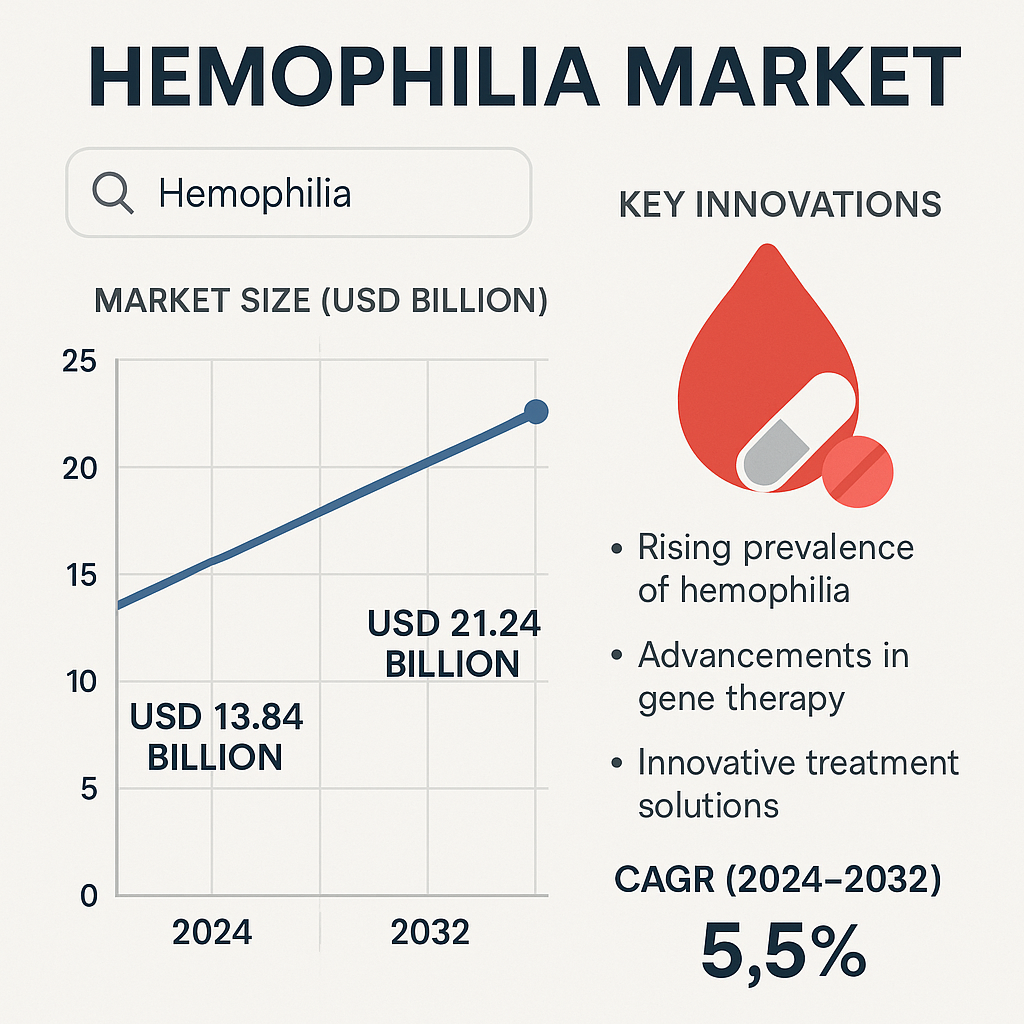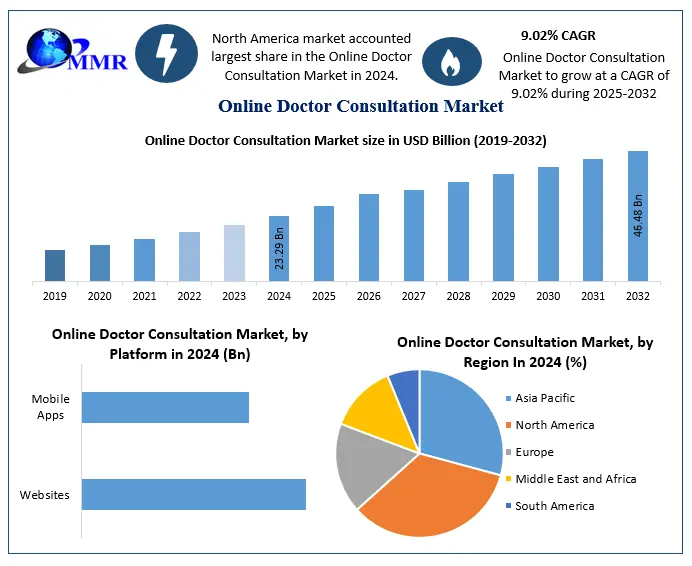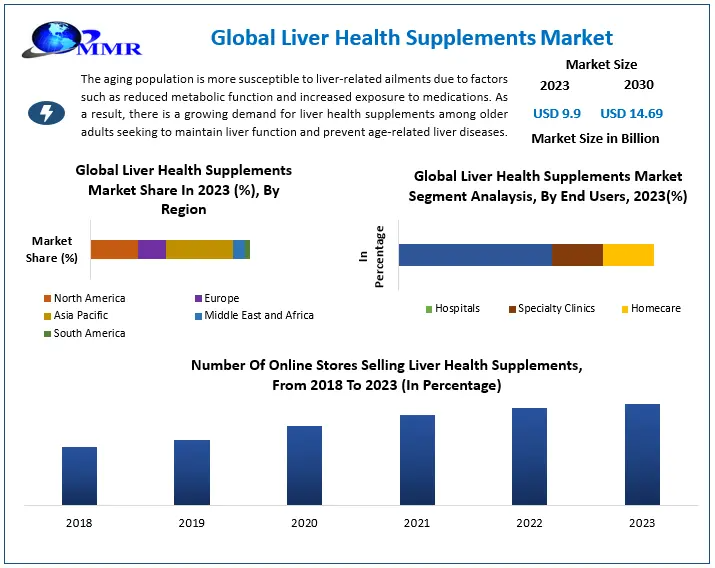The global hemophilia market size is poised for significant growth, with projections indicating an increase from USD 13.84 billion in 2024 to USD 21.24 billion by 2032, reflecting a compound annual growth rate (CAGR) of 5.5%. This growth is attributed to the rising prevalence of hemophilia, advancements in gene therapy, and the development of innovative treatment solutions.
1. Market Estimation & Definition
Hemophilia is a hereditary bleeding disorder characterized by the deficiency or absence of clotting factors, leading to prolonged bleeding episodes. The market encompasses various types of hemophilia, including Hemophilia A, B, and C, and involves treatments such as on-demand therapy, prophylaxis, and gene therapy. The increasing focus on personalized medicine and the development of novel therapies are driving market expansion
2. Market Growth Drivers & Opportunities
A. Rising Prevalence of Hemophilia
The increasing incidence of hemophilia globally necessitates effective treatment options. The growing patient population is a significant driver of market growth, prompting the development and adoption of advanced therapies.
B. Advancements in Gene Therapy
Innovations in gene therapy offer the potential for long-term treatment solutions, reducing the need for frequent infusions. The approval and ongoing research in gene therapy are creating new opportunities in the hemophilia market.
C. Development of Innovative Treatment Solutions
The introduction of novel therapies, including monoclonal antibodies and extended half-life clotting factors, enhances treatment efficacy and patient compliance. These advancements contribute to improved quality of life for hemophilia patients.
D. Increased Healthcare Expenditure
Rising healthcare spending, particularly in emerging economies, facilitates access to advanced treatments and supports the growth of the hemophilia market.
3. Segmentation Analysis
By Type:
-
Hemophilia A: The most common form, accounting for a significant market share due to its higher prevalence.
-
Hemophilia B: Characterized by a deficiency of factor IX, representing a substantial segment of the market.
-
Hemophilia C and Others: Less common types, contributing to a smaller portion of the market.
-
By Treatment:
-
On-demand Therapy: Treatment administered during bleeding episodes.
-
Prophylaxis: Regular treatment to prevent bleeding episodes, improving patient outcomes.
By Therapy:
-
Replacement Therapy: Standard treatment involving the infusion of clotting factors.
-
Immune Tolerance Induction (ITI) Therapy: Used to eliminate inhibitors in patients.
-
Gene Therapy: Emerging treatment offering potential long-term solutions.
4. Country-Level Analysis
United States:
The U.S. hemophilia market is experiencing growth due to advanced healthcare infrastructure, increased awareness, and the adoption of innovative therapies. The presence of key market players and supportive regulatory frameworks further bolster market expansion.
Germany:
Germany’s hemophilia market is driven by robust healthcare systems, government initiatives, and a focus on research and development. The country’s commitment to improving patient care contributes to market growth.
5. Competitive Landscape
The hemophilia market is characterized by the presence of several key players focusing on innovation and strategic collaborations to enhance their market position.
Key Companies:
-
Bayer AG: Offers a range of hemophilia treatments and invests in research for novel therapies.
-
BioMarin Pharmaceutical Inc.: Focuses on developing gene therapies for hemophilia.
-
CSL Behring: Provides a broad portfolio of hemophilia products and engages in continuous innovation.
-
Pfizer Inc.: Develops and markets hemophilia treatments, including gene therapies.
-
Roche (Chugai Pharmaceutical Co.): Offers innovative treatments for hemophilia patients.
-
Sanofi (Genzyme Corporation): Engages in the development of therapies for rare diseases, including hemophilia.
-
Takeda Pharmaceutical (Shire Plc): Provides a comprehensive range of hemophilia treatments and invests in research.
-
Spark Therapeutics, Inc.: Specializes in gene therapy solutions for hemophilia.
These companies are actively involved in research and development, mergers and acquisitions, and strategic partnerships to strengthen their market presence and offer advanced treatment options.
Conclusion
The global hemophilia market is on a trajectory of significant growth, driven by the increasing prevalence of the disorder, advancements in gene therapy, and the development of innovative treatment solutions. The commitment of key market players to research and development, coupled with supportive healthcare infrastructure and government initiatives, is expected to further propel market expansion. As the landscape of hemophilia treatment continues to evolve, stakeholders remain focused on improving patient outcomes and enhancing the quality of life for individuals affected by this condition.
Related
Metal Implants and Medical Alloys Market Growth Driven by Orthopedic and Dental Demand



